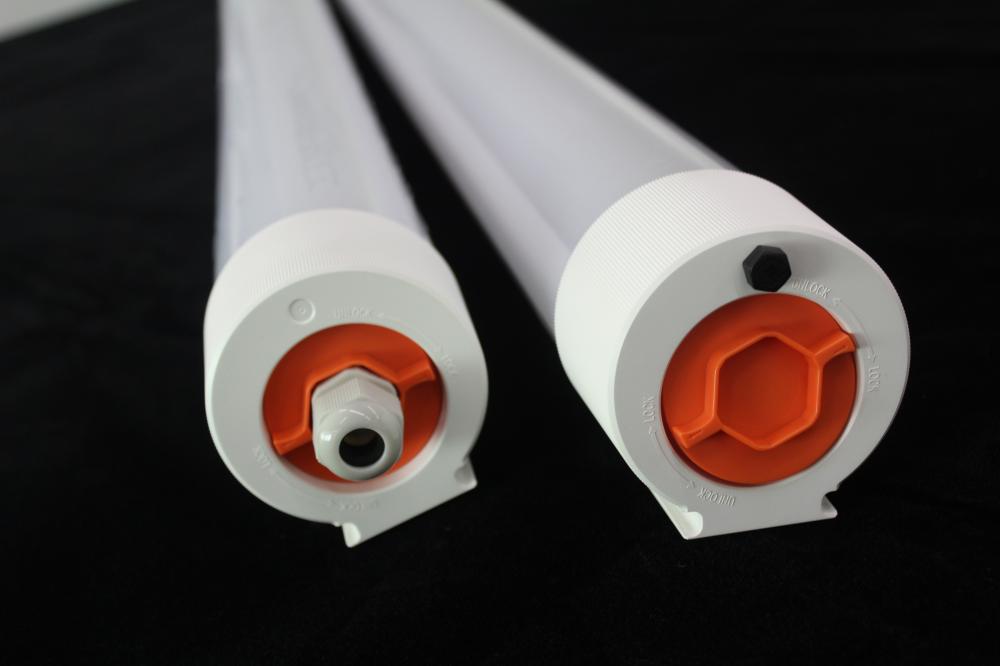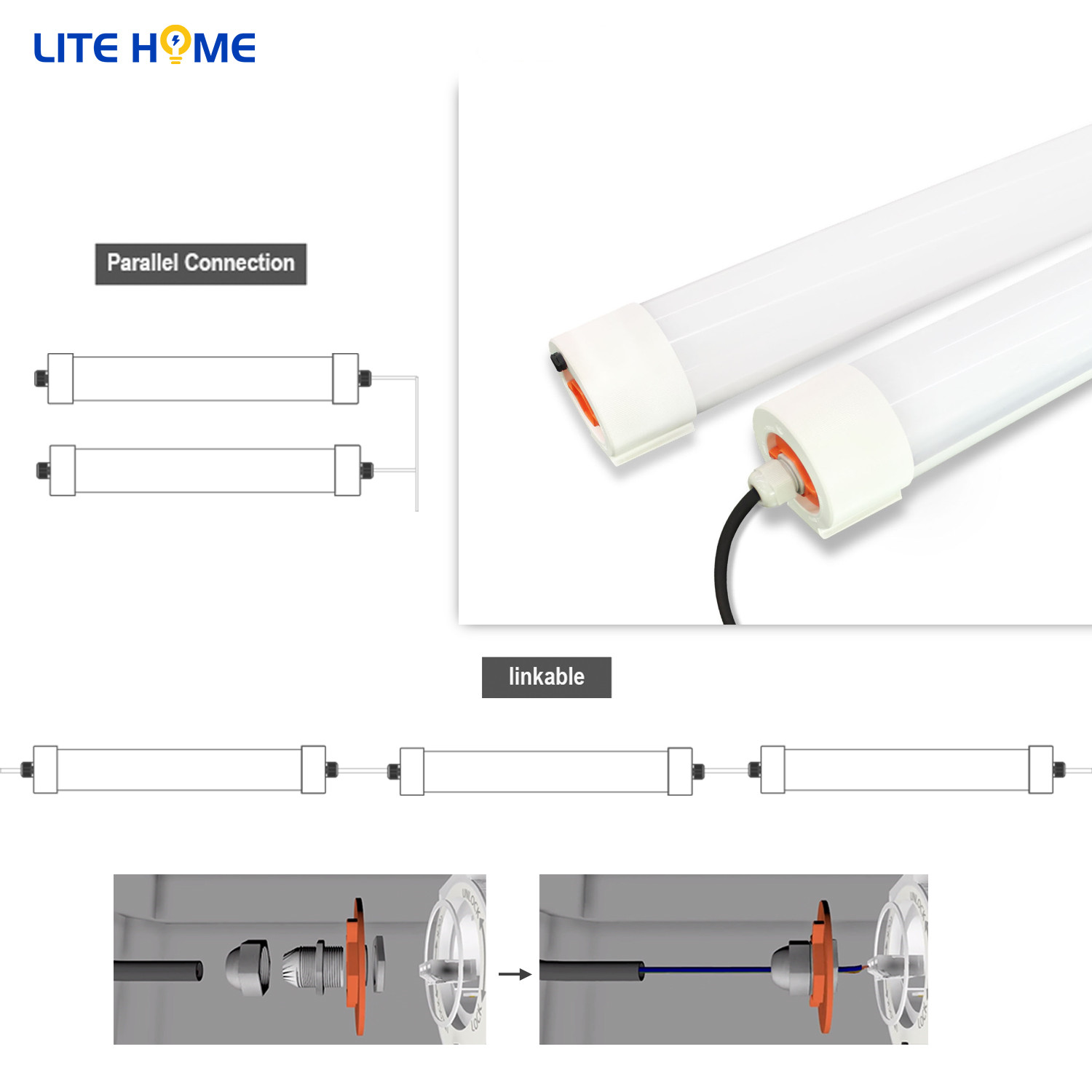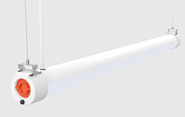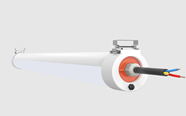Inorganic thermal insulation material refers to low-density porous inorganic particles with thermal insulation properties, powder or short fibers are lightweight aggregates, suitable cementitious materials and other multi-component composite admixtures are made in a certain proportion through a certain process. . The inorganic thermal insulation mortar can be directly applied to the surface of the wall, which has the advantages of light weight, heat insulation and the like compared with the general plastering mortar.
The inorganic insulating material is made of a porous, multi-fiber inorganic material as a lightweight aggregate. The pores generated by these inorganic thermal insulation materials due to porous or multi-fibers in the production process allow air to enter, and the self-blocking or gelling materials are enclosed and sealed, and air is difficult to generate convective heat transfer in the pores, so that the heat preservation effect is obvious . Secondly, from the point of view of heat conduction and transmission, this is mainly carried out by the substrate of the inorganic thermal insulation material and the gas in the inorganic thermal insulation lightweight aggregate. The thermal conductivity of the substrate is large, and the thermal conductivity of the lightweight aggregate is small. Since a large amount of porous lightweight aggregate is uniformly distributed in the inorganic thermal insulation material, it has a great blocking effect on heat conduction, and thus heat insulation. Produced a certain role. Finally, from the perspective of thermal radiation transfer, although the entire inorganic thermal insulation material can absorb radiation and can transfer heat, since the radiation transmission accounts for a small proportion in the whole transmission process, relatively speaking, the thermal radiation Transmission will also have a certain effect on thermal insulation. It can be seen from the above analysis that finding a closed inorganic thermal insulation lightweight aggregate with a large pore size is the biggest factor affecting the performance of inorganic thermal insulation materials.
After more than 20 years of development, energy-saving insulation materials technology has made rapid progress. As a new type of thermal insulation material, inorganic thermal insulation materials have also developed.
Tubular waterproof lights are waterproof, corrosion-proof and dust-proof. The respirator design quickly balances the pressure difference between the inside and outside of the lamp to prevent water and dust from entering the inside of the lamp to ensure the normal operation of the lamp.
Compared with the traditional waterproof lamp, it is more convenient to install. It only needs to open the orange end cap of the Led Tube Light, thread the wires in, and connect the terminals.

Led Tube Light can not only be linkable in series but also Parallel Connection, as shown in the figure below.

There are two installation methods, one is a sling and the other is ceiling installation. There are two types of ceiling installations, one is fixed and cannot be moved, and the other can be rotated 180°.



IP66 LED Tri-proof Light has emergency and sensing functions, which is very suitable for parking lots, warehouses, basements, workshops, etc.
Ip66 Tube Light,Waterproof Led Light,Led Tube Light,Waterproof Outdoor Light
SHENZHEN LITEHOME OPTOELECTRONIC TECHNOLOGY CO., LTD. , https://www.litehomelight.com
